My officemates and I recently took the Viajeng Cusinang Matua tour, a day trip to the old kitchens of Pampanga. Our guide, Tracey Santiago, who also operates the tour told us that we will be served traditional Capampangan food whose recipes were handed down from generation to generation.
She explained to us that Capampangan homes usually have a big kitchen because they love the cook. She then told us what we were having for breakfast that morning. Although some of the food looked familiar, Atching Lilian explained what gave these dishes the Capampangan treatment.
For example, the tidtad which is actually dinuguan. Their version was not as thick as what I am used with and the pig's blood was more solid.
My favorite in the lot is the kilayin. It tasted like lechon paksiw but more sour and less sweet taste.
There's also the pisto, which Atching Lilian explained other families usually prepare using left over meat. Her family's recipe uses fresh meat and also they added carrots and tomatoes.
There were also the chicken embutido. We also tried the tocino and longganiza made of carabao beef that's why they were called tocino and longganiza damulag. Carabaos are called damulag in Pampanga.
For dessert, we were given the tejadang camatis or candied tomatoes. They're sweet and the texture of the tomatoes was a little gummy. Atching Lilian explained that they used three varieties of tomatoes for this: the red, green and purple. She also gave us her secret how to keep the natural color of the tomatoes even when cooked: copper pans. In fact she showed us a copper pan that she got from her grandmother and estimated to be more than a hundred years old. It was also quite heavy. But since such pans are rare now, she said that we could just put a copper coin in while cooking and the effect would still be the same.
After the main course, we had some tsokolate baterol and tamales.
After having our meal, Atching Lilian demonstrated to us how they make the San Nicolas cookies. She said that the recipe calls for 6 egg yolks, some flour and water. The resulting dough is then pressed in a mold similar to what Atching Lilian is holding in the picture. The mold is almost like a family crest since each family uses its own design for their cookies.
And here's another interesting trivia Atching Lilian told us. She explained that these special cookies were brought here by the Spaniards in the 1600s. During that time churches were built in Pampanga using limestone combined with egg whites. The yolk was thrown away and given the number of eggs used, they soon had a problem with the unpleasant odor brought about by the rotting material. What the convent nuns did was they taught their young convent girls how to make San Nicolas cookies. The Capampangan modified the recipe to suit their taste and over the years, every family has its own version of the cookie.
The cookie is very much like the uraro. But the locals believe that if blessed, the cookies have miraculous powers to bring a bountiful harvest, protect one from sickness, and other things.
We had to move on to our next stop though so we left Mexico for Arayat for our mid morning snacks.




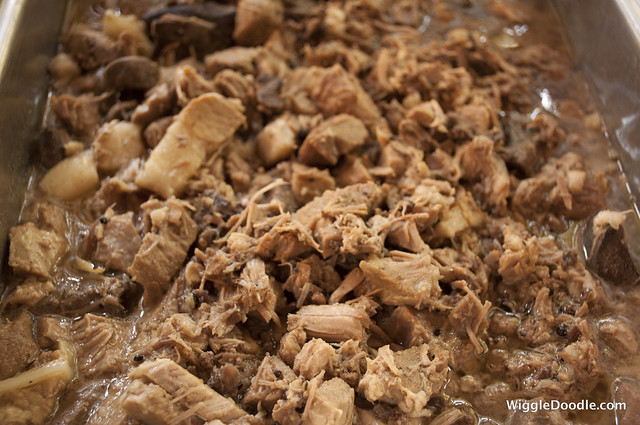
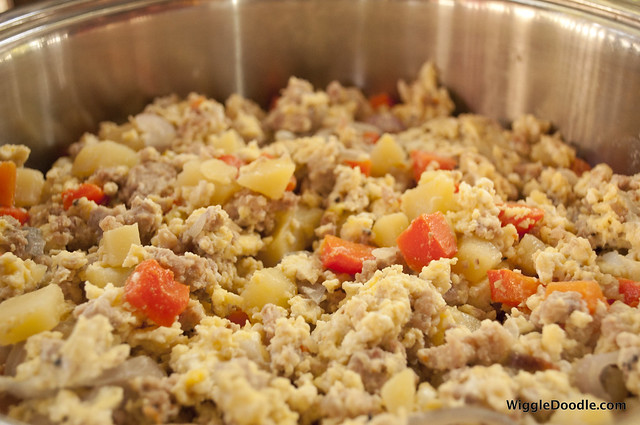
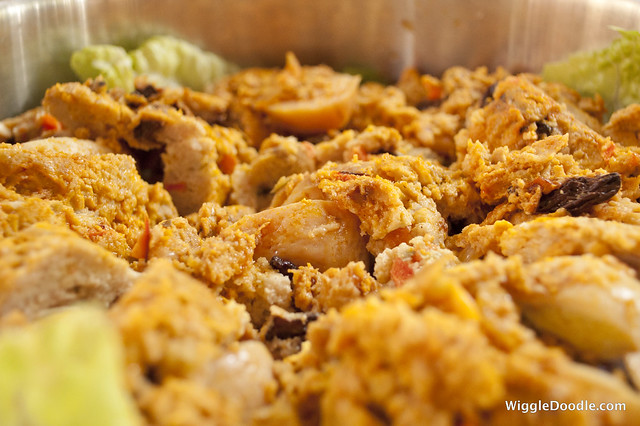
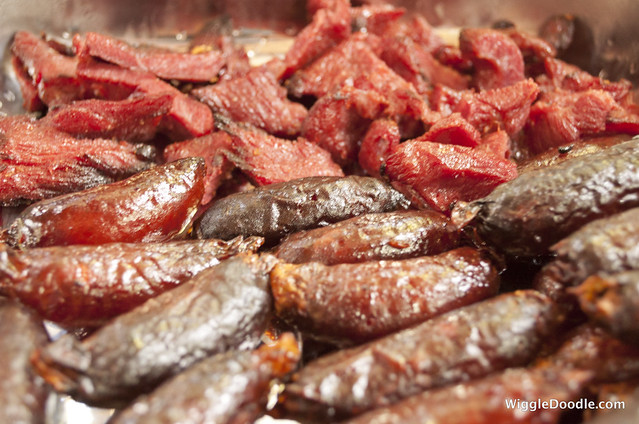
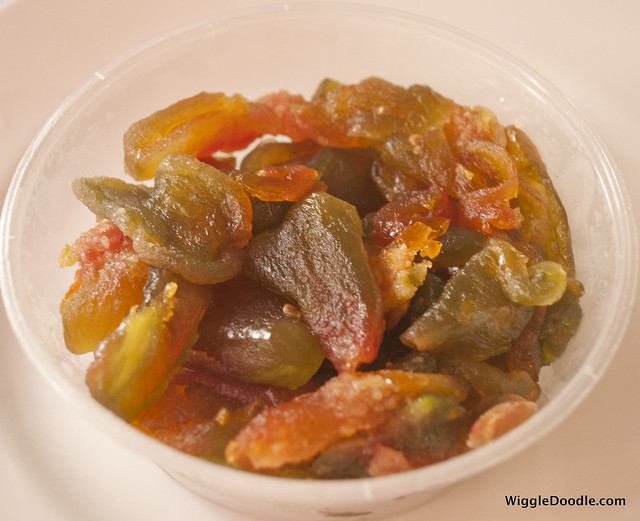


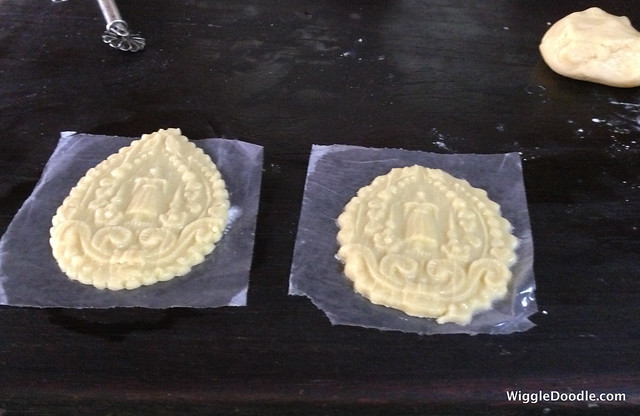
No comments:
Post a Comment